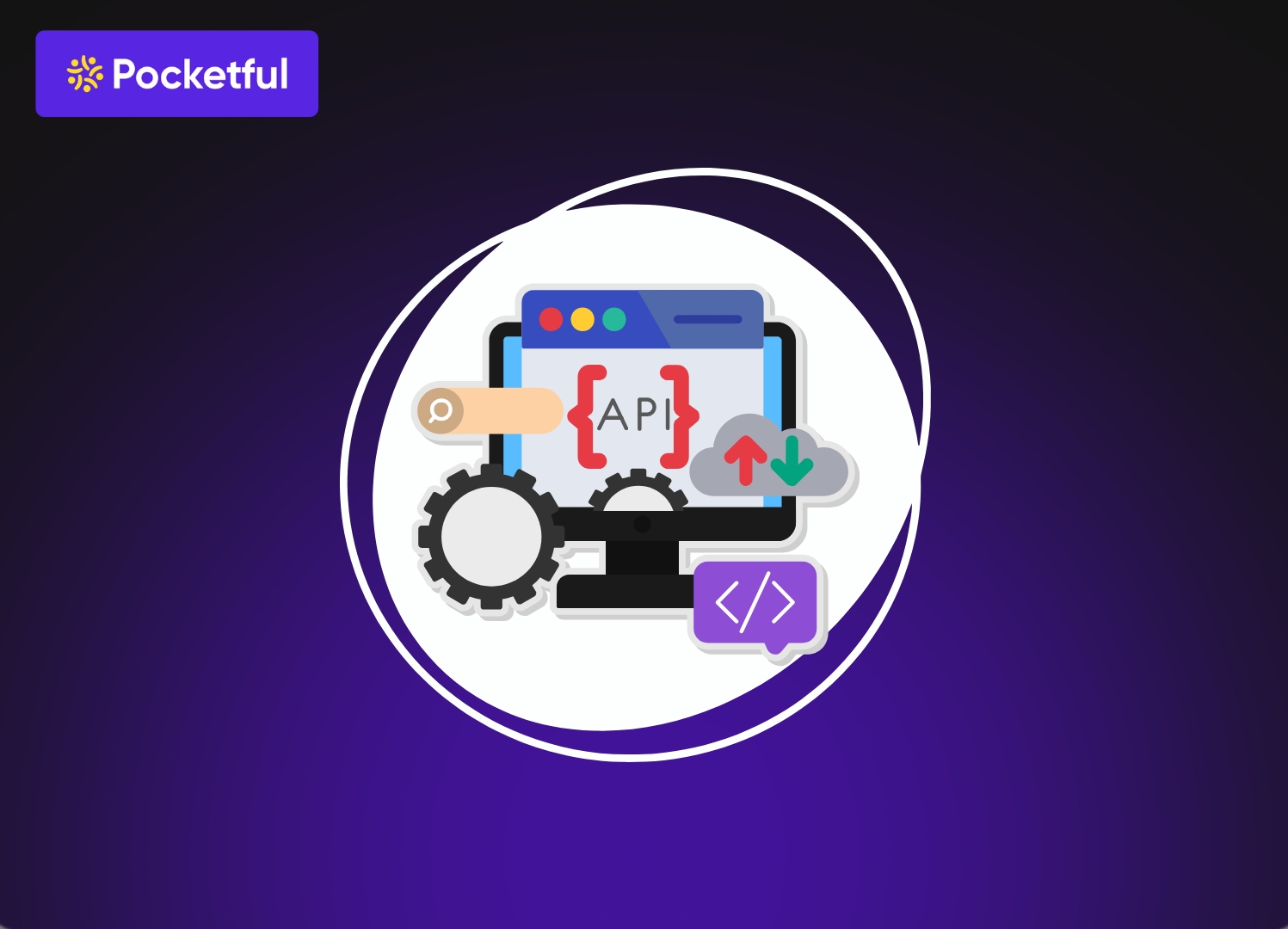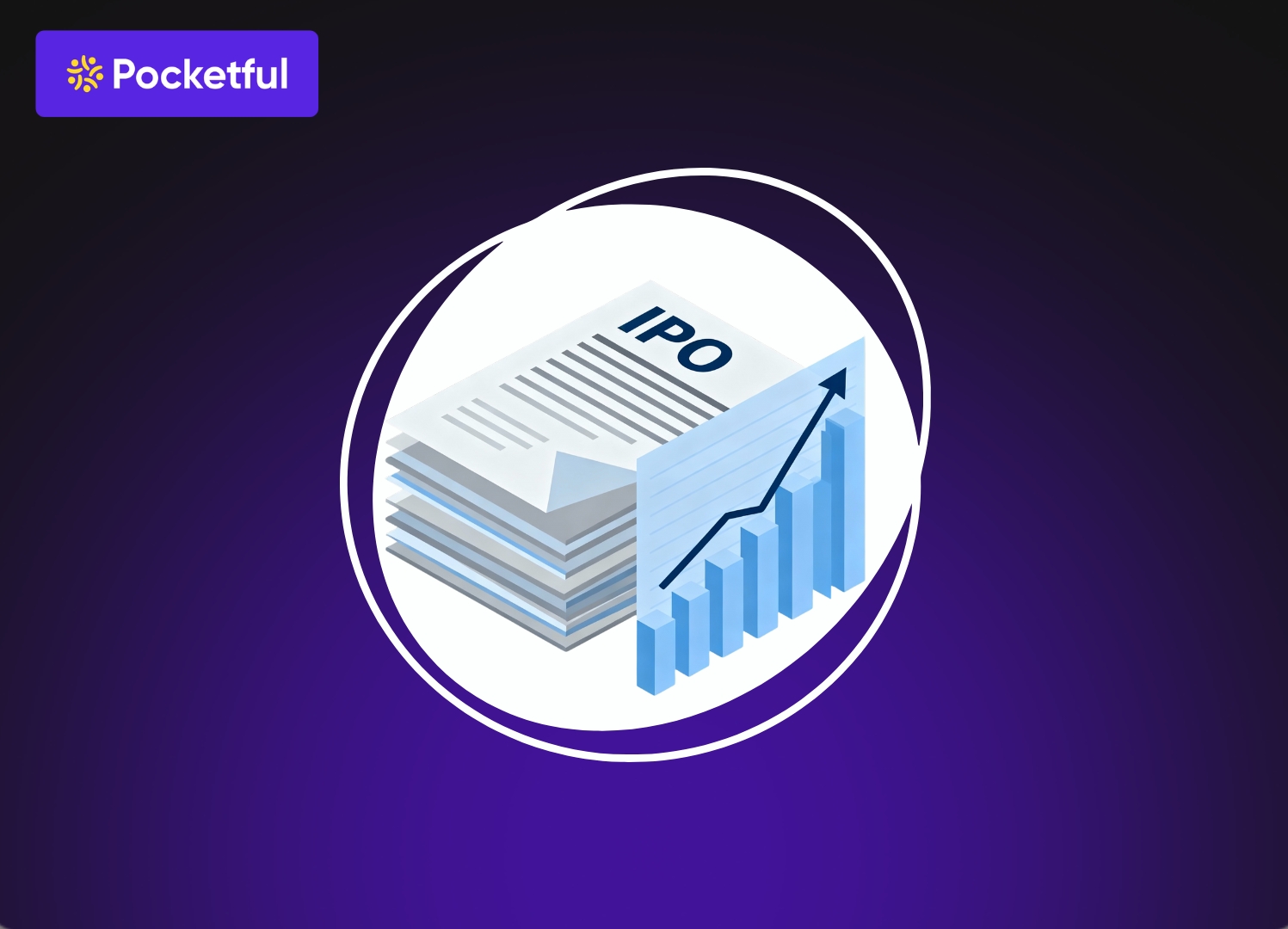When a company needs money to grow, it usually has two main options, either they take a loan (which is called debt) or sell a small part of its ownership (which is called equity or shares). But what if there was an investment that could be both.
Yes you’ve heard it right Convertible debentures are one such financial tool that creates a mix of both debt and equity. Convertible Debentures first starts as a loan to the company, but it holds a secret power for investors to transform loan into ownership. This unique feature makes Convertible Debentures one of the most interesting financial instruments in the financial market.
What is Convertible Debenture?
Debentures are a formal IOU from a company to the investor. When you invest in debentures, you’re lending the company money. In return, they promise to pay you regular interest and give your original money back after a set time period. But you should know this, debentures are usually unsecured meaning it is based purely on companies reputation and ability to make money, which adds a bit of risk.
Convertible Debentures gives investors the power to switch from being a lender to a part-owner or a shareholder. Investors can choose if they want to convert or just get their initial investment back when the loan period ends. This option is what makes a debenture so much more attractive, balancing risk with the potential for a much bigger reward.
- Loan: When you invest you get a fixed interest payment, it acts just like a fixed deposit. If the company’s stock does not perform well, you can just hold the debenture and get your principal investment back at the end, protecting your initial investment.
- Ownership: If the company’s stock performs well and its stock price starts to go up, you can convert your debentures into shares and you can earn in the company’s growth which can be much more than just the interest.
Read Also: What is Non Convertible Debentures?
Why are convertible debentures offered?
Companies also have multiple reasons to issue convertible debentures.
- Lower Interest Payments: As the company offers an attractive option to convert it from debentures to shares, companies can get away with paying a lower interest rate compared to a normal loan hence saving money.
- Putting Off Dilution: When a company issues new shares, the ownership of existing shareholders gets smaller, or “diluted.” With convertibles, this dilution is pushed into the future and might not happen at all if investors don’t convert.
- Tax Savings: The interest paid by the company falls as debt, accounted as business expense, which reduces their taxable profit. This makes raising money with debentures more tax-efficient than paying dividends to shareholders.
When a company issues convertible debentures, it also sends a strong, positive signal among the investors as it portrays they are confident their stock price will rise, making it a great deal for everyone.
Types of Convertible Debentures
- Fully Convertible Debentures (FCDs): With these, investors’ entire loan should be converted into shares but you don’t get any cash back. This is common for new, high-growing companies that want their lenders to become long-term partners.
- Partially Convertible Debentures (PCDs): This acts as a mix for the investors where a part of your debenture converts to shares, and the rest remains as loan which gets paid back to you in cash. This is often used by established companies.
- Optionally Convertible Debentures (OCDs): Here the power is in the hands of investors, you can choose to convert to shares or just take your initial investment back at the end. This is the most flexible type for investors.
- Compulsorily Convertible Debentures (CCDs): It can be understood by its name as in this conversion is mandatory. There is no option, debentures must be turned into shares at the maturity date. This is for investors who are ready to take on the full risk of the stock’s future.
Read Also: Debentures: Meaning, Features, Types, Benefits and Risks
Fully vs. Partially Convertible Debentures
| Parameter | Fully Convertible (FCD) | Partially Convertible (PCD) |
|---|---|---|
| What Converts? | The entire amount becomes shares. | A part becomes shares, the rest remains a loan. |
| Who Issues It? | Usually newer companies with high growth potential. | Usually established companies with a track record. |
| What happens at the end? | You become a full shareholder. | You become a shareholder and get some money back. |
| Risk Level | Higher risk, higher potential reward. | Balanced risk, as part of your money is safe as a loan. |
Key Features of Convertible Debentures
When you invest, there’s always a rulebook. Here are the key terms to look for:
- Conversion Price: This is the set price per share for when you convert. If the conversion price is ₹100 but the stock is trading at ₹150, converting is a profitable move.
- Conversion Ratio: This tells you how many shares you get for each debenture unit. A 10:1 ratio means you get 10 shares for one debenture unit.
- Coupon Rate: This is the annual interest you earn as long as it’s a loan. It’s usually lower than a normal debenture because investors enjoy the right to convert.
- Maturity Date: This is the end date of the loan. If you have an OCD and don’t convert, the company must pay you back your principal on this date.
| Advantages | Disadvantages |
|---|---|
| You get regular interest payments, giving you a fixed income. | The interest is less than what a normal bond would pay. |
| You can profit if the company’s stock price goes up. | The company could fail and not be able to pay you back. |
| If the stock falls, you can just take your money back (with OCDs). | If you convert and the stock price then drops, you could lose money. |
| If the company goes bankrupt, you get paid before stockholders. | It’s not a simple product, you need to pay attention to make the right choice. |
Read Also: What Is Foreign Currency Convertible Bonds (FCCB)?
Conclusion
Convertible debentures are not for everyone in the market. They do not act as FD in terms of safety and not even risky as buying shares from the financial markets. They give investors a middle ground where it gives both safety of debt as well as growth potential of equities owned.
Investors who have a moderate appetite for risk can invest in the convertible debentures. If you believe in a company’s long-term growth story but want some protection in case things don’t go as planned, a convertible debenture could be a very interesting tool to have in your investment portfolio.
Frequently Asked Questions (FAQs)
Are convertible debentures advantageous for new investors?
Yes! Convertible debentures give you the best of both worlds. You get regular, fixed interest payments like a normal bond, which provides steady income. At the same time, you have the option to convert your debentures into company shares, giving you a chance to benefit if the stock price goes up.
What are the main risks attached to convertible debentures?
There are two main risks:Default risk: Most convertible debentures are unsecured, so if the company runs into trouble, it might not be able to return your money.Conversion risk: If you convert your debentures into shares and the stock price drops, you could lose money on your investment.
How can I make money from a convertible debenture?
There are two ways to earn:Interest payments: You get periodic coupon payments as long as you hold the debenture.Conversion into shares: If the company’s stock does well, you can convert your debentures into shares at a fixed price (usually lower than the market price) and sell them for a profit.
What happens if the invested company goes bankrupt?
If the company goes bankrupt, debenture holders are paid before shareholders. This means the company must pay back its debenture holders from any remaining assets before giving anything to shareholders.
Can debentures be converted into shares forcefully by the company?
It depends:Optionally Convertible Debentures (OCDs): The choice is yours—you decide if and when to convert.Compulsorily Convertible Debentures (CCDs): Conversion is mandatory at maturity, so you don’t get to stay a lender.










